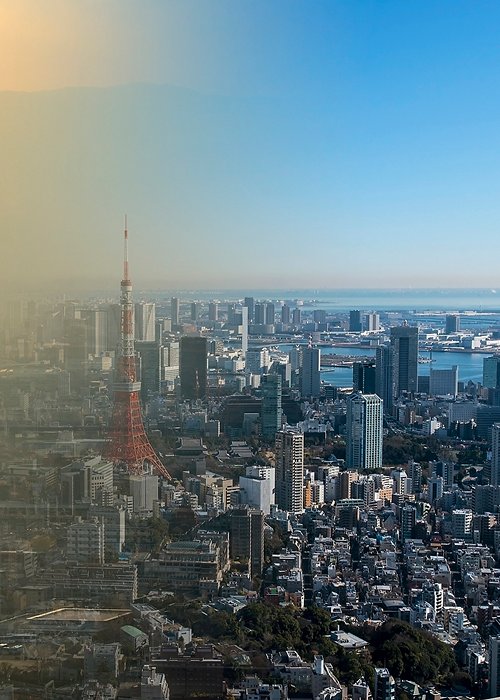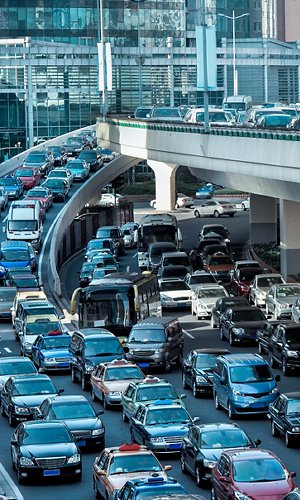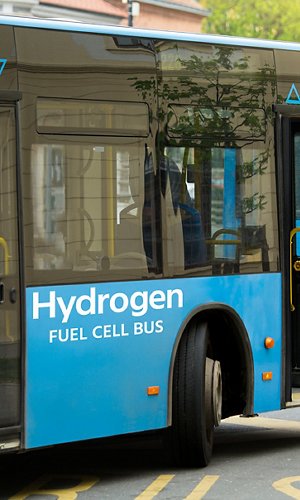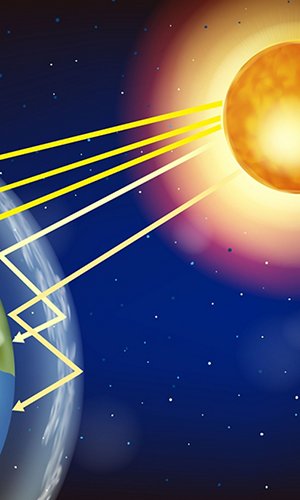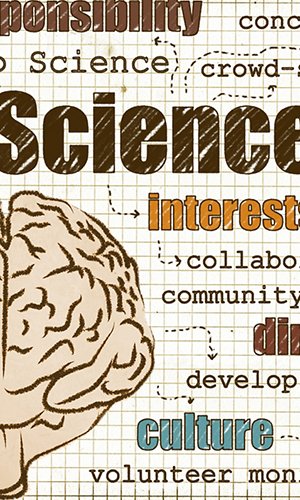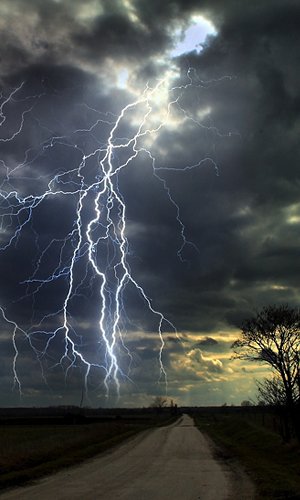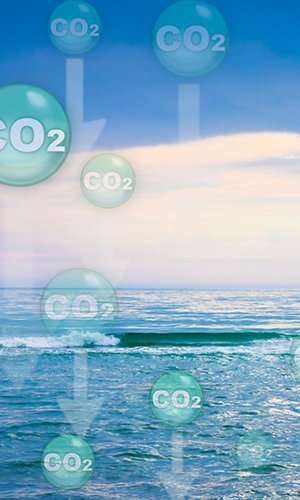By air pollution we mean the presence, in the air, of one or more substances that alter the composition and equilibrium of the atmosphere, causing harmful effects for humans, animals, plants and for the environment. In order to protect our Planet and its inhabitants we should not pollute the air. By adopting small daily actions, like switching off the lights when they are no longer required, using the car only if it is necessary, recycling waste, and by not exaggerating when heating or cooling environments where we live, we can avoid releasing into the atmosphere those gases that are responsible for pollution, that provoke acid rain, ozone depletion, and the greenhouse effect. How important a small gesture can be!

